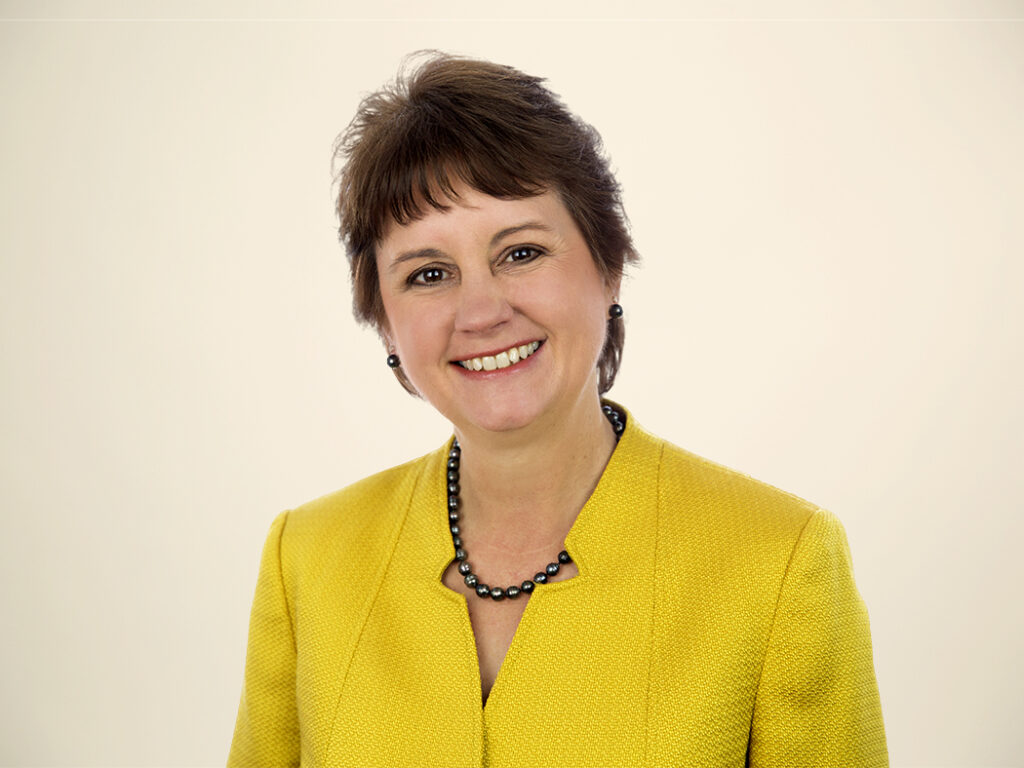Customer Engagement: Deepen Relationships with Community Marketing
Last week, Forrester published my research about how to deepen engagement engagement with programs focused on your best, most active customers. I think social software and activity will play a huge role here in 2010. Why? Because engaging business customers requires contact. To date, these connections revolve around reference programs, advisory boards, executive meetings, and user conferences. As social activity between B2B buyers and sellers evolves, the need to transform online interactions from transactional to relational increases, particularly as marketers recognize that digital approaches can reinforce the intimacy and influence essential to building strong customer bonds. I see the shortest path to successful B2B community building starting with existing customers and focusing on community, not corporate, objectives.
To build upon this idea — and add some perspective on the research — I conducted an “email” interview with Bill Lee, President of the Customer Strategy Group. Here is what we discussed:
Q. Forrester is showing increasing interest in community marketing, so let’s start with a definition: how do you define community marketing and how do you see the concept evolving?
A. We see community marketing as the next frontier for B2B marketers to cross as we move from marketing practices focused mainly on broadcast messaging – a practice founded on years of outbound advertising and promotional activity — to a blend of traditional and digital, individual and group, prospect and customer marketing approaches. Community marketing is about using marketing to engage prospects, current customers, industry insiders, and partners in dialog that transparently and collectively improves the probability of creating effective solutions to the most pressing business problems. It’s about bringing technology and services suppliers into customers’ adoption activities in support of better business outcomes. It’s how Web 2.0 technologies enable new ways to innovate, collaborate, and partner that create more productive business operations.
Q. What role do you see reference programs playing in Community Marketing efforts?
A. Customer references validate product claims and streamline the sales process, both vital activities in B2B marketing. Reference programs play a vital role in Community Marketing because the community of a supplier’s current customers – not individual accounts — becomes the focal point for revenue generation activity. In the near future, the customer community helps to attract, engage, persuade, support, and retain future buyers of a supplier’s products and services. As business buyers embrace the social Web, reference management can play a breakout role in the transition from collecting testimony to building community adoption.
Q. Can reference programs add to the value that businesses must provide to attract customers into their community marketing efforts? If so, how?
A. Customer reference programs can play a vital role in executing a community-centered marketing strategy that not only attracts new customers, but also turns your best customers into advocates within the community. These programs transition from sales support to community build in 3 important ways:
1) Reference customers make community activity intimate and influential, not just interactive. Involving references in online, social activities — like peer discussions, rating and voting on products, content contribution, and so on —helps create positive product experiences and increases the likelihood that buyers will, in turn, advocate to others.
2) Social referencing involves your best customers in community building. Tapping reference customers predisposed to sharing experiences and speaking on your firm’s behalf is the best way to attract a community following. In B2B marketing, social media value will come from using Web 2.0 tools to deepen customer relationships after deals close and implementation challenges begin.
3) References deliver content that creates conversation — and value for — buyers. Success stories and insight are the currency needed to sustain ongoing community activity. Because they participate readily, reference customers double their value when they energize community activity and discuss best practices.
Q. You’ve attended a couple of our conferences. What do you see customer reference programs doing that is exciting? What can or should they do to get better, and play a more important role in their businesses?
A. Today, I think the most exciting achievements happen when marketers give back real value to reference customers. The biggest benefit of advocating on behalf of a vendor should be membership in an exclusive community of like-minded participants where interacting with each other, as well as prospects and the public, is part of the draw and reward. To play a bigger role in business, customer reference managers need to take advantage of emerging social business behavior more. They need to move beyond the physical, group setting and let references engage outside the boundaries of the formal program. Less than 30% of respondents to our earlier survey of customer reference professionals enabled their references to build profile pages, guest blog, rate community-contributed content, or author wikis, activities that permit customers to strut their stuff in the online, virtual world and create broader connections without having to trip through the legal, communications, or approval cycles that plague the production of more formal testimonial or case studies.
